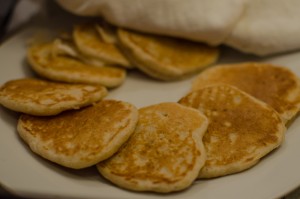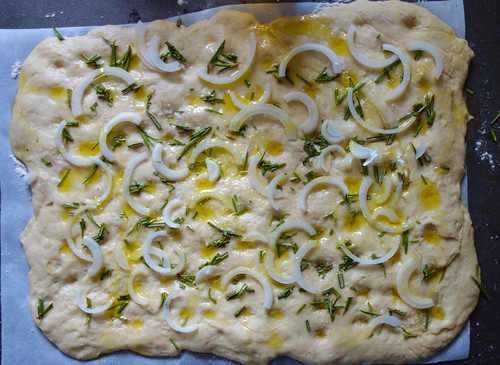This is becoming a theme — yet again I had jars of starter bubbling all over the kitchen. We fancied smoked salmon, and I was sure it must be possible to use sourdough for blini. A quick Google and I found a recipe on a Spanish blog of all places, but it’s a blog I followed till it went dormant, so I felt confident that it would work. I was right; they were delicious. Just as good as the Delia recipe that was my standby up to now, and without all the cream.
The following is my adapted recipe. Use buckwheat flour if you can, for authenticity. I didn’t have any, so I used wholegrain spelt instead. I have an electric plancha which is perfect for cooking these as it remains at a low, even temperature — otherwise use a griddle or large heavy frying pan, over a low heat.
This made about 30 blini; halve the recipe if you want fewer, but they freeze really well. I wrap 6 or 8 together in flat foil packets and freeze them in ziplock bags. Then you can just take out as many packets as you need and warm them through in the oven. They are just as good with butter and honey as they are with salmon or caviar.
Read More


